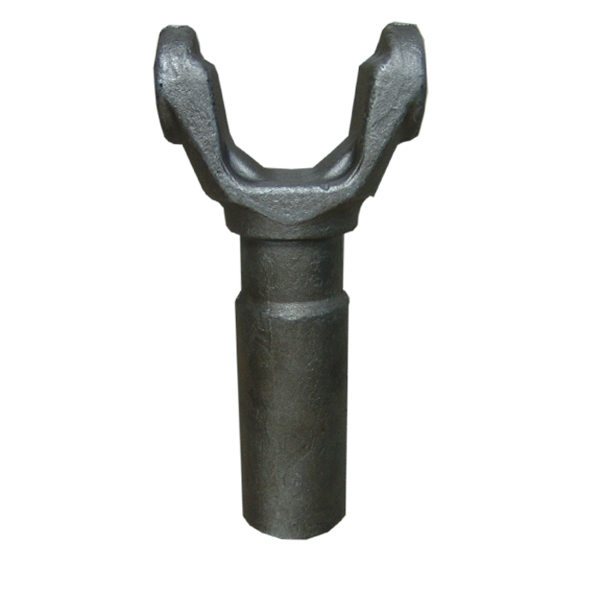What are the types of shaft forging process
Shaft forging is a metal forming process used to produce shafts and other cylindrical components. In shaft forging, a heated piece of metal is placed between two dies and then compressed with a forging hammer or press. The compression of the metal between the dies deforms it into the desired shape, producing a dense and uniform material structure.
Shaft forging is commonly used to produce high-strength components with a high degree of accuracy, as well as to eliminate the need for additional machining operations. The process can produce a wide range of shaft diameters and lengths, and can be used to produce shafts made from a variety of materials, including carbon steel, alloy steel, stainless steel, and titanium.
There are several types of shaft forging processes, including:

- Upset forging: A shaft is compressed at one end to increase its diameter.
- Roll forging: A shaft is passed through a series of rolls that deform it into the desired shape.
- Closed-die forging: A shaft is placed between two dies and then compressed to form the desired shape.
- Open-die forging: A shaft is placed between two flat dies and then compressed to form the desired shape.
The specific type of shaft forging process used will depend on the size, shape, and material of the shaft, as well as the desired strength and accuracy. Shaft forging is often used in applications such as pumps, valves, gears, and other mechanical components where high strength and reliability are required.
More information about shaft forging can be accessed by clicking:https://www.gold-emperor.com/forging/forged-auto-parts/shaft-forging/


-80x80.jpg)